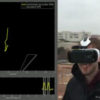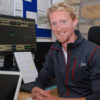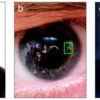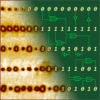Centimeter-accurate positioning systems are already used in surveying and mapping, but the antennas these systems employ are too large and costly for use in mobile devices. Now, however, University of Texas scientists have devised a powerful and sensitive software-defined GPS receiver that can extract centimeter accuracies from the inexpensive antennas found in mobile devices. The […]










